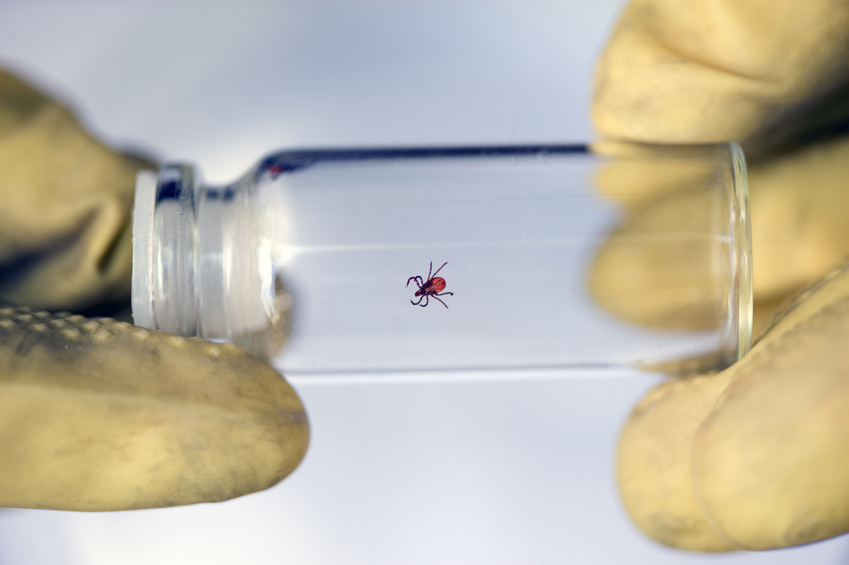Tick-borne Pathogens Anaplasma phagocytophilum, Babesia odocoilei, and Borrelia burgdorferi Sensu Lato in Blacklegged Ticks Widespread Across Eastern Canada
| Title | Tick-borne Pathogens Anaplasma phagocytophilum, Babesia odocoilei, and Borrelia burgdorferi Sensu Lato in Blacklegged Ticks Widespread Across Eastern Canada |
| Publication Type | Journal Article |
| Year of Publication | 2022 |
| Journal | Journal of Biomedical Research & Environmental Studies |
| Volume | 2 |
| Issue | 10 |
| Start Page | 1249 |
| Date Published | 10/2022 |
| Authors | Scott JD, McGoey E, Pesapane RR |
| Abstract | Blacklegged ticks, Ixodes scapularis, can transmit single or multiple infections during a tick bite. These tick-borne, zoonotic infections can become chronic and cause insidious diseases in patients. In the present tick-pathogen study, 138 (48.9%) of 282 ticks collected from 17 sites in 6 geographic area in eastern Canada harbored various combinations of Borrelia burgdorferi sensu lato (Lyme disease), Anaplasma phagocytophilum (human anaplasmosis), and Babesia spp. (human babesiosis). Overall, 167 microbial infections were detected and, of these, 25 ticks had co-infections and two ticks had polymicrobial infections. The prevalence of Babesia spp. was 15.2%, and the ratio of Babesia odocoilei to Babesia microti was 41 to 1 with this sole B. microti being detected in Nova Scotia. Notably, we provide the fi rst documentation of B. odocoilei in the Maritimes. Eastern Ontario had an infection prevalence for B. odocoilei of 25%―the highest among the areas surveyed in this study. By far, the predominant Babesia sp. was B. odocoilei. Based on our fi ndings, health-care practitioners need to recognize that I. scapularis ticks removed from patients may be carrying multiple tick-borne pathogens. |
| URL | https://www.jelsciences.com/articles/jbres1586.pdf |







